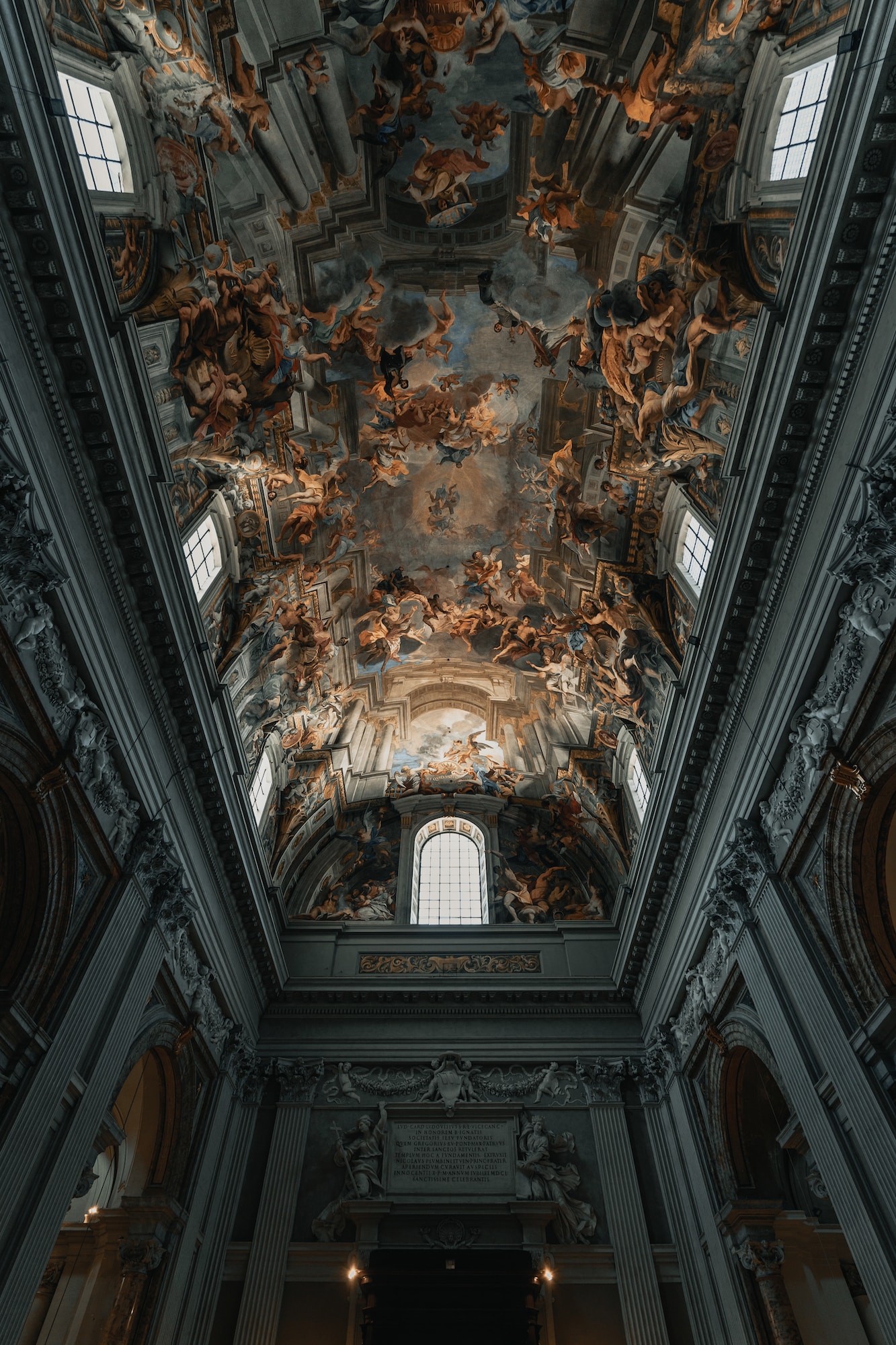Vatican City, also known as the Vatican City State, is a sovereign city-state that is completely enclosed by Rome, the capital city of Italy. Serving as the administrative and spiritual center for the Roman Catholic Church, Vatican City is the residence of the Pope. This independent entity not only holds immense religious significance but is also a repository of valuable art, historical artifacts, and architectural wonders. The Vatican Museums within its territory offer a look into the rich history of Roman art, as well as treasures from the Renaissance period.
Geographical Location and Political Status
| Feature | Information |
|---|---|
| Longitude and Latitude | 41.9022° N, 12.4539° E |
| Climate | Mediterranean |
| Population | Approximately 800 |
| GDP | Not available |
| Official Languages | Latin, Italian |
| Currency | Euro (€) |
| Religion | Roman Catholicism |
| Continent | Europe |
History and Governance
Vatican City was officially established as a city-state on February 11, 1929, following the Lateran Treaty. Before this date, the Pope resided in the Quirinal Palace in Rome until the capture of Rome in 1870. The governance of the Vatican is unique. It is an ecclesiastical or sacerdotal-monarchical state, ruled by the Pope, who is also the Bishop of Rome and the leader of the worldwide Catholic Church. Its status as a sovereign entity is universally recognized, despite its diminutive size.
Religious Significance
Vatican City is universally recognized as the spiritual and administrative headquarters of the Roman Catholic Church. The city-state is home to St. Peter’s Basilica, one of the largest and most important Catholic churches in the world. This basilica is a pilgrimage site and also the Pope’s principal church, where many liturgical functions take place. The presence of the Pope lends the Vatican its supreme religious status, making it a focal point for millions of Catholics worldwide.
Cultural and Artistic Heritage
The Vatican is an epicenter of art and culture, housing an extensive collection of historical and artistic significance. Among its vast holdings are Roman sculptures, which are considered milestones in the development of Western art.
The Vatican Museums
| Section | Highlights |
|---|---|
| Ancient Roman Sculptures | Notable example: “Laocoön and His Sons” |
| Raphael Rooms | Renaissance frescoes |
| Sistine Chapel | Ceiling painted by Michelangelo |

Ancient Roman Sculptures
The Vatican Museums house ancient Roman sculptures, including the critically acclaimed “Laocoön and His Sons.” This work is considered a masterpiece of ancient Roman art and has been attributed to various artists, but its influence on Western art remains indisputable.
Renaissance Frescoes
The Raphael Rooms within the Vatican Museums contain frescoes from the Renaissance period, painted by Raphael, a master of the time. These rooms are part of the apartment situated on the second floor of the Pontifical Palace that Pope Julius II chose as his own residence and were frescoed by Raphael and his school between 1508 and 1524.
Sistine Chapel
The Sistine Chapel, located within the Apostolic Palace, is another highlight of the Vatican Museums. It is renowned for the ceiling artwork done by Michelangelo between 1508 and 1512. This is not merely a work of art but also a masterpiece that has influenced Western art for centuries.
Summary
Vatican City is a small, sovereign state entirely surrounded by Rome, Italy. As the center of the Roman Catholic Church, it holds immense religious importance and is the residence of the Pope. Its treasure trove of art and architecture includes the iconic St. Peter’s Basilica, the Vatican Museums with its ancient Roman sculptures, and masterpieces of the Renaissance period such as the Raphael Rooms and the Sistine Chapel. This unique city-state is a microcosm of history, culture, and spirituality, drawing millions of visitors and pilgrims each year.
